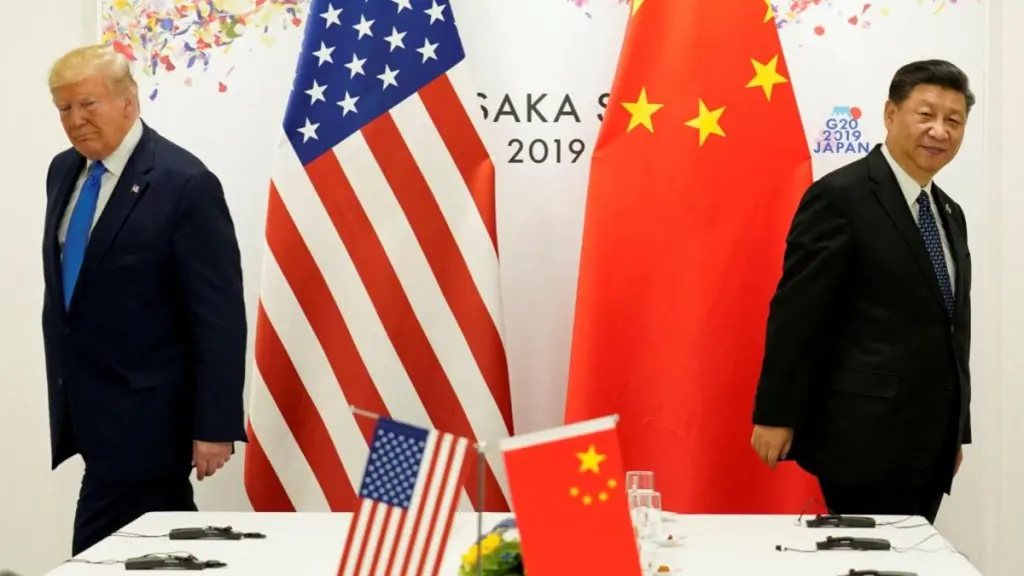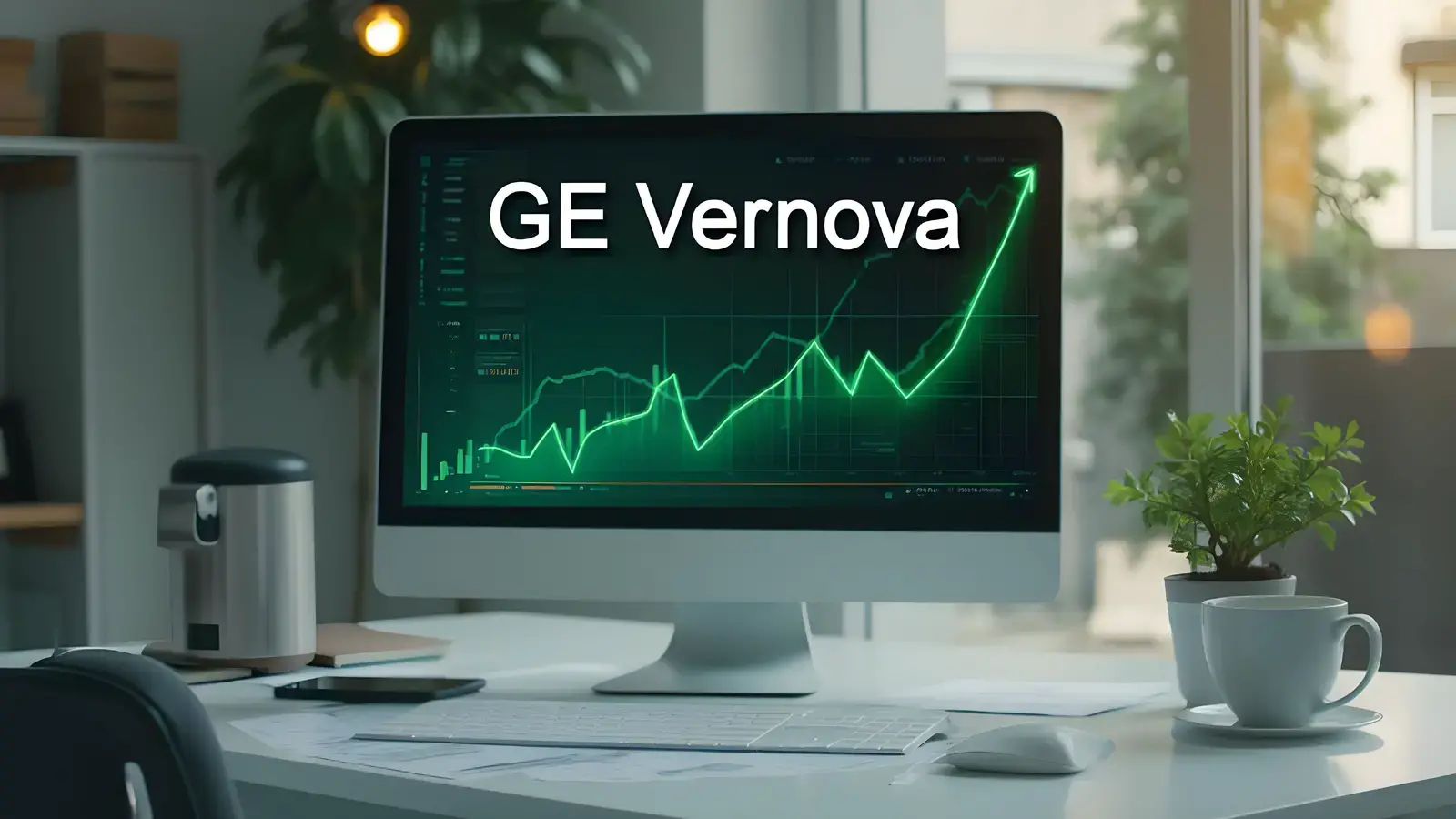
Trump China Tariff 2025: In April 2025, President Donald Trump announced a significant escalation in trade measures, imposing a 125% tariff on Chinese imports. This move has profound implications for global trade dynamics, economic growth, and market stability. This article delves into the details of the tariff increase, its immediate effects, and future projections.
This article dives deep into the economic, market, geopolitical, and investor-level implications, going far beyond headlines.
✅ Executive Summary Trump China Tariff 2025
- China imports now face a 125% tariff—effective immediately.
- All other countries are granted a 90-day pause with a 10% tariff cap.
- Over 75 countries have reportedly initiated talks with the U.S.
- S&P 500 surged 7%, signaling strong market optimism.
- The move is likely to escalate U.S.-China trade tensions, while paving the way for new bilateral deals with others.
📈 Revenue & Trade Impact Analysis
U.S. Tariff Revenue Boost
| Tariff Type | Pre-Change Rate | New Rate | Estimated Revenue Impact |
|---|---|---|---|
| China Imports | 25% | 125% | $350B+ annually |
| Other Countries | Varies | 10% (Paused) | Short-term decline in tariff collection |
Key Insight:
The steep China tariff is expected to quadruple trade revenue from Chinese goods in the short run, though retaliatory moves may reduce import volumes.
📊 Impact on U.S. and Global Stock Markets
- S&P 500 jumped 7% on the day of the announcement.
- Nasdaq and Dow Jones also surged, reflecting optimism around negotiated trade.
- Key sectors affected:
- ✅ Defense & Industrial Equipment – Gains
- ⚠️ Consumer Electronics (China-reliant) – Risk
- 📦 Logistics & Shipping – Volatility
Sample Sector-Wise Performance (Post-Tariff Announcement)
| Sector | Avg. Price Movement | Commentary |
|---|---|---|
| Industrial Goods | +6.5% | Anticipated domestic production boost |
| Tech | +2.1% | Cautious optimism; Apple, Tesla exposed to China |
| Agriculture | +4.3% | Hopes for eased tariffs in ongoing talks |
💡 How Investors Can React
Short-Term Play:
- Favor U.S.-based manufacturers and mid-cap domestic industrials.
- Avoid heavy exposure to China-dependent supply chains.
Long-Term Watchlist:
- Companies negotiating favorable trade deals during this 90-day window.
- U.S. exporters positioned to benefit from renegotiated bilateral pacts.
Actionable Tip:
“Investors should track policy updates weekly. Volatility = opportunity for disciplined players.”
🌎 Country-Wise Reactions & Global Negotiations
Engaged Countries (as per Trump’s post):
- Germany
- Japan
- India
- Brazil
- South Korea
…and over 75 total.
Common Points of Negotiation:
- Removal of non-monetary trade barriers
- Greater currency transparency
- Fairer reciprocal tariffs
Likely Outcomes:
- Surge in bilateral trade agreements
- New global trade blocs excluding China
📉 Future Economic Projections
| Scenario | GDP Impact (U.S.) | GDP Impact (Global) | Risk Level |
|---|---|---|---|
| Soft Negotiation Success | +1.2% | +0.5% | Low |
| China Retaliation | -0.8% | -1.0% | High |
| Mixed Outcomes | +0.2% | -0.1% | Medium |
Key Point:
Global growth may decelerate if China retaliates with equivalent force. The 90-day window is a crucial timer.
🏭 Industry-Wise Breakdown
Electronics
- Apple, Nvidia, AMD could face higher costs if China retaliates.
Energy
- U.S. oil exports may see higher demand from countries avoiding Chinese supply chains.
Auto
- U.S. and Europe may collaborate on EV supply chains to bypass Chinese batteries.
⚠️ Risk Factors & Opportunities
Risks:
- China may devalue yuan, neutralizing tariff effect.
- Rising consumer prices if tariffs are passed on.
- Trade war escalation hurting global demand.
Opportunities:
- Domestic manufacturing revival.
- Surge in alternative Asian sourcing (India, Vietnam, Indonesia).
- Stronger bilateral trade ties without WTO deadlock.
📌 Conclusion
Trump’s bold tariff move marks a turning point in global trade diplomacy. While China faces steep new costs, the 90-day tariff pause creates a window of opportunity for U.S. allies to negotiate better terms. Investors, exporters, and multinational corporations must tread carefully, balancing risk and reward in a world reshaped by tariff realignment.
Disclaimer: The projections of potential returns are based on current market conditions and company performance. Actual results may vary due to various factors, including market dynamics, economic conditions, and changes in the competitive landscape. Investors should conduct their own research and consult with financial advisors before making investment decisions.
⚠️ Not SEBI Registered—just here to share insights | 🚫 No paid services—everything shared is entirely free! 🧠 Always Learning and excited to grow together in this journey of market exploration.





